P. Perkins0419202803, 9780419202806
Table of contents :
Repair, Protection and Waterproofing of Concrete Structures: Third Edition……Page 3
Preface To The First Edition……Page 15
Preface To The Second Edition……Page 16
Preface To The Third Edition……Page 18
Contents……Page 5
Contents……Page 0
1.2 The Responsibilities Of The Engineer Or Other Professionals……Page 20
1.4 Procedure When Litigation Is Contemplated……Page 21
1.5 The Engineer As An Expert Witness……Page 23
1.7 The Contract Documents……Page 26
1.8 Invitations To Tender……Page 27
1.10 National And European Standards And Codes Of Practice……Page 28
1.11 Health And Safety Regulations And Product Specification……Page 29
1.12 Definitions……Page 31
1.14 Further Reading……Page 32
2.1 Introduction……Page 34
2.2 Portland Cements ( European Standard Env 197 – 1)……Page 35
2.2.1 The Action Of Acids On Portland Cement……Page 36
2.3 High Alumina Cement ( Hac)……Page 37
2.4 Corrosion- Resistant Cements……Page 39
2.5 Aggregates From Natural Sources For Concrete And Mortar……Page 40
2.6.1 Accelerators……Page 41
2.6.3 Water- Reducing Admixtures/ Workability Aids/ Plasticizers……Page 42
2.6.5 Air Entraining Admixtures……Page 43
2.6.6 Pigments……Page 44
2.7.1 Pulverized Fuel Ash ( Pfa)……Page 45
2.7.3 Condensed Silica Fume……Page 46
2.7.4 Polymers……Page 47
2.8 Water For Mixing Concrete And Mortar……Page 48
2.9.1 Galvanized Reinforcement……Page 49
2.9.2 Fusion- Bonded Epoxy- Coated Reinforcement……Page 50
2.9.4 Spacers……Page 51
2.10 Non- Ferrous Metals In Concrete……Page 52
2.10.4 Brass……Page 53
2.12 Joint Fillers……Page 54
2.13 Sealants……Page 55
2.13.1 In Situ Compounds……Page 56
2.14.2 Epoxy Resins……Page 57
2.14.3 Polyester Resins……Page 58
2.15 Curing Compounds For Concrete And Mortar……Page 59
2.15.3 Wet/ Water Curing……Page 60
2.17 Further Reading……Page 61
3.1 Introduction……Page 64
3.2.1 Introduction……Page 65
3.2.2 Development Of Cracks In Concrete……Page 66
3.2.5 Carbonation Of Concrete……Page 67
3.2.6 Chloride- Induced Corrosion Of Reinforcement……Page 68
3.3.1 Introduction……Page 69
3.4.1 Abrasion……Page 70
3.4.4 High- Velocity Water……Page 71
3.4.5 Cavitation……Page 72
3.5.1 Introduction……Page 73
3.5.2 Attack By Acids……Page 74
3.5.3 Ammonium Compounds……Page 75
3.5.5 Sulphates……Page 76
3.5.8 Distilled And Demineralized Water……Page 77
3.5.9 Moorland Waters……Page 78
3.5.10 Sea Water……Page 79
3.5.12.2 Milk And Dairy Products……Page 80
3.5.13 Alkali-silica Reaction……Page 81
3.5.13.1 Summary Of Asr Problem……Page 83
3.7 Further Reading……Page 84
4.2.1 Initial Discussions And Preliminary Inspection……Page 86
4.3 The Preliminary Inspection……Page 87
4.4.1 Introduction……Page 88
4.4.3 Depth Of Carbonation……Page 89
4.4.5 Cement Content Of The Concrete……Page 90
4.4.8 Sulphate Content Of The Concrete……Page 91
4.4.10 Additional Tests On The Concrete……Page 92
4.4.10.2 Water Absorption……Page 93
4.4.10.4 Rebound Hammer Test……Page 94
4.5.1 General Considerations……Page 95
4.5.4 Cover- Meter Surveys……Page 96
4.5.5 The Half- Cell Potential Measurements……Page 97
4.5.7 Radiography……Page 99
4.6.3 Non- Structural Cracking……Page 100
4.6.3.1 Drying Shrinkage Cracking……Page 103
4.6.3.2 Thermal Contraction Cracking……Page 104
4.6.3.5 Cracking Due To Alkali- Silica Reaction……Page 106
4.8 The Engineer’s Report To The Client……Page 107
4.9 Further Reading……Page 108
5.2.1 Contract Documents……Page 109
5.2.2 Tendering……Page 110
5.3.1 Preparatory Work……Page 111
5.3.3 The Mortar Mix……Page 113
5.3.4 The Application Of The Mortar……Page 114
5.3.6 Finishing Procedures……Page 115
5.3.7 Repairing Non- Structural Cracks With Grout Or Mortar……Page 116
5.3.8 Repairing ‘ Live’ Cracks……Page 117
5.4 Further Reading……Page 118
6.1 Introduction……Page 120
6.2.2 Indications Of Structural Defects……Page 121
6.2.4 Impulse Radar Survey……Page 122
6.2.5 Core Testing For Strength……Page 123
6.2.6 Load Tests……Page 124
6.3.2 Essential Features Of Crack Injection……Page 125
6.3.6 Injection Of The Resin……Page 126
6.4.2 Information On The Technique……Page 129
6.6.1 Introduction……Page 130
6.6.2 General Principles Of Cathodic Protection……Page 131
6.7.3 Chloride Extraction/ Removal……Page 133
6.8 Monitoring Corrosion Of Rebars After Completion Of Repairs……Page 134
6.9 Introduction……Page 135
6.11 The Effect Of Fire On Concrete And Steel……Page 136
6.12 On- Site Testing……Page 138
6.13.1 Repair Materials And Execution Of Work……Page 139
6.14 Introduction……Page 141
6.15 Investigations……Page 142
6.16 Sampling And Testing……Page 145
6.17.3 Corrosion Of Prestressing Cables……Page 146
6.17.5 Failure Or Partial Failure Of Movement Joints And Bearings……Page 147
6.18 Alkali- Silica Reaction……Page 148
6.19.3 Joints And Bearings……Page 149
6.19.5 Strengthening With Epoxy- Bonded Steel Plates……Page 150
6.19.7 Remedial Work For Asr Damage……Page 151
6.21 Investigations……Page 152
6.22 Examples Of Repair……Page 154
6.24 Further Reading……Page 156
7.1 Introduction……Page 160
7.3 Reasons For Using Coatings As Part Of Concrete Repairs……Page 162
7.4 Basic Requirements For The Application Of All Coatings……Page 163
7.5 Coatings For Use After General Repairs To Concrete……Page 164
7.7 Coatings To Resist The Ingress Of Chloride Ions……Page 167
7.8 Coatings ( Barrier Systems) To Protect Concrete Against Chemical Attack……Page 168
7.10 Reference……Page 169
7.11 Further Reading……Page 170
8.1 Investigations……Page 171
8.2 Diagnosis And Recommendations For Repair……Page 172
8.2.1.1 Patch Repairs……Page 173
8.2.1.2 New Topping Or Over- Slab……Page 175
8.2.2 Dampness In Ground- Supported Floor Slabs……Page 176
8.2.3 Thermal Insulation……Page 177
8.2.5 Slippery Floor Surface……Page 178
8.2.6 Cracks……Page 179
8.2.7 Defective Joints……Page 180
8.2.8 Defective Areas Caused By Chemical Attack……Page 181
8.2.10 Defects In The Ground Support To Industrial Floors……Page 182
8.3.1.1 Wet Trades……Page 185
8.3.1.2 Balconies And External Suspended Access- Ways……Page 186
8.4 Floors Of Multi- Storey Car Parks……Page 188
8.5 Introduction……Page 190
8.6.2 Inspection……Page 191
8.8.3 Complete Refurbishment……Page 193
8.9 Further Reading……Page 195
9.2. Investigations……Page 197
9.2.1 Testing For Leakage ( Liquid Loss)……Page 198
9.2.2 Roof Leakage……Page 201
9.2.4 Infiltration……Page 202
9.2.5 Corrosion Of Reinforcement……Page 203
9.2.6 Chemical Attack On The Concrete……Page 204
9.2.7 Hydrogen Sulphide Corrosion……Page 205
9.2.10 Alkali- Silica Reaction……Page 206
9.2.11 Sampling And Testing……Page 207
9.4.1 Work Required To Remedy/ Reduce Leakage/ Infiltration……Page 210
9.4.2 Remedial Work To Joints……Page 211
9.4.3 Remedial Work To Cracks……Page 212
9.4.4 Remedial Work To Spalled Concrete……Page 213
9.4.5 Honeycombed Concrete……Page 214
9.4.6.1 Introduction……Page 215
9.4.6.2 Repair Methods……Page 216
9.6.1 Cathodic Protection……Page 217
9.6.3 Re- Alkalization Of Concrete……Page 218
9.7 Introduction……Page 219
9.8.2 Dampness/ Condensation……Page 221
9.9.1 General Considerations: Basements……Page 223
9.9.3 Repairs To Cracks And Joints……Page 224
9.11.1 Control Of Ground Water Level……Page 225
9.11.4 Control Of Vapour Transmission……Page 226
9.12 Pedestrian Subways……Page 227
9.14 Consideration Of The Problems……Page 229
9.14.1 The Salts ( Sulphates And Chlorides) In Sea Water……Page 230
9.14.2 Chlorides From Sea Water In Concrete……Page 231
9.15.1 Physical Damage……Page 232
9.15.2 Corrosion Of Steel Reinforcement……Page 233
9.15.3 Chemical Attack……Page 235
9.16 Investigations……Page 236
9.17.1 General……Page 237
9.17.2 Cathodic Protection……Page 238
9.18 Further Reading……Page 239
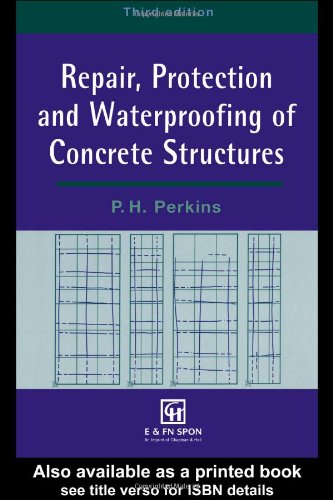
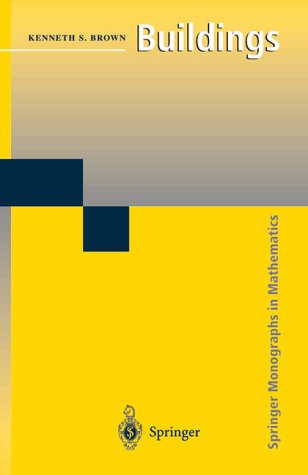
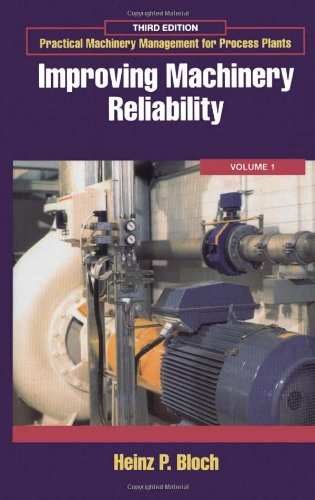
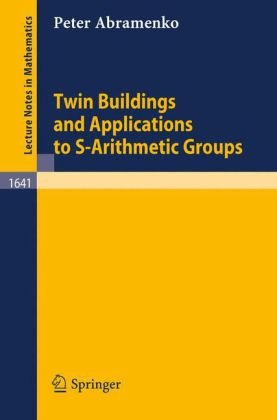
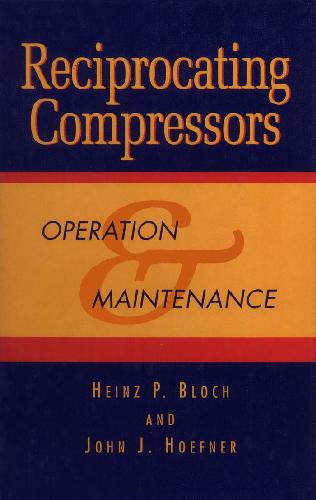
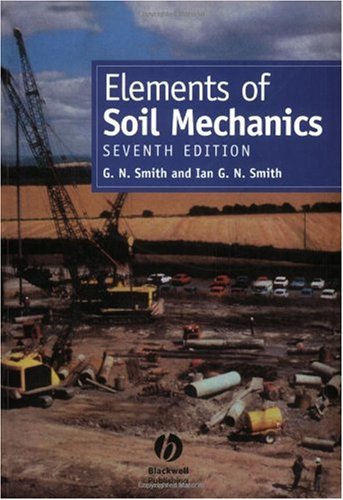

Reviews
There are no reviews yet.